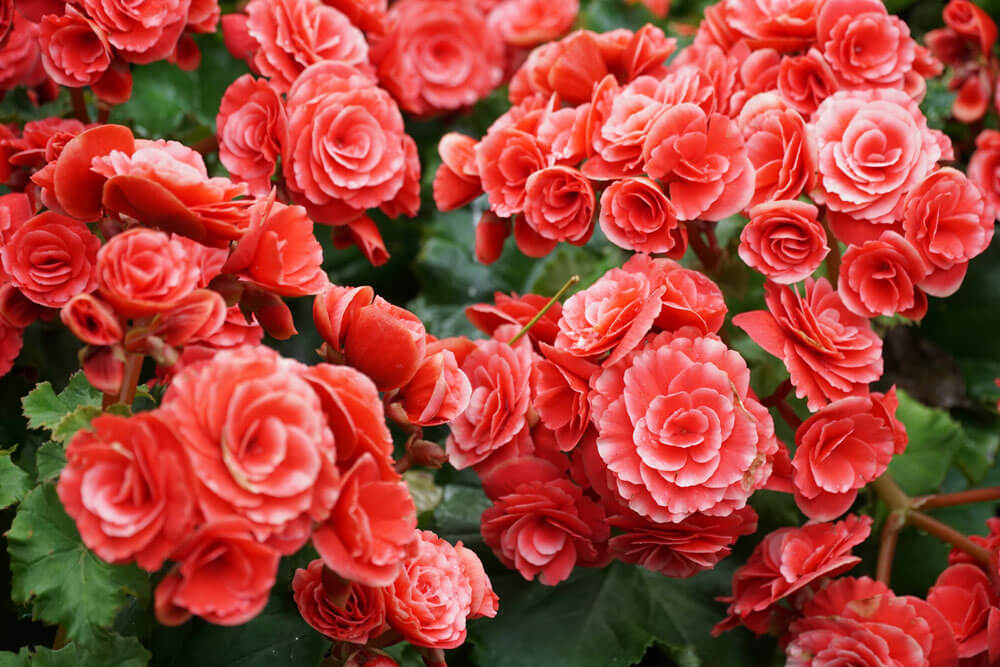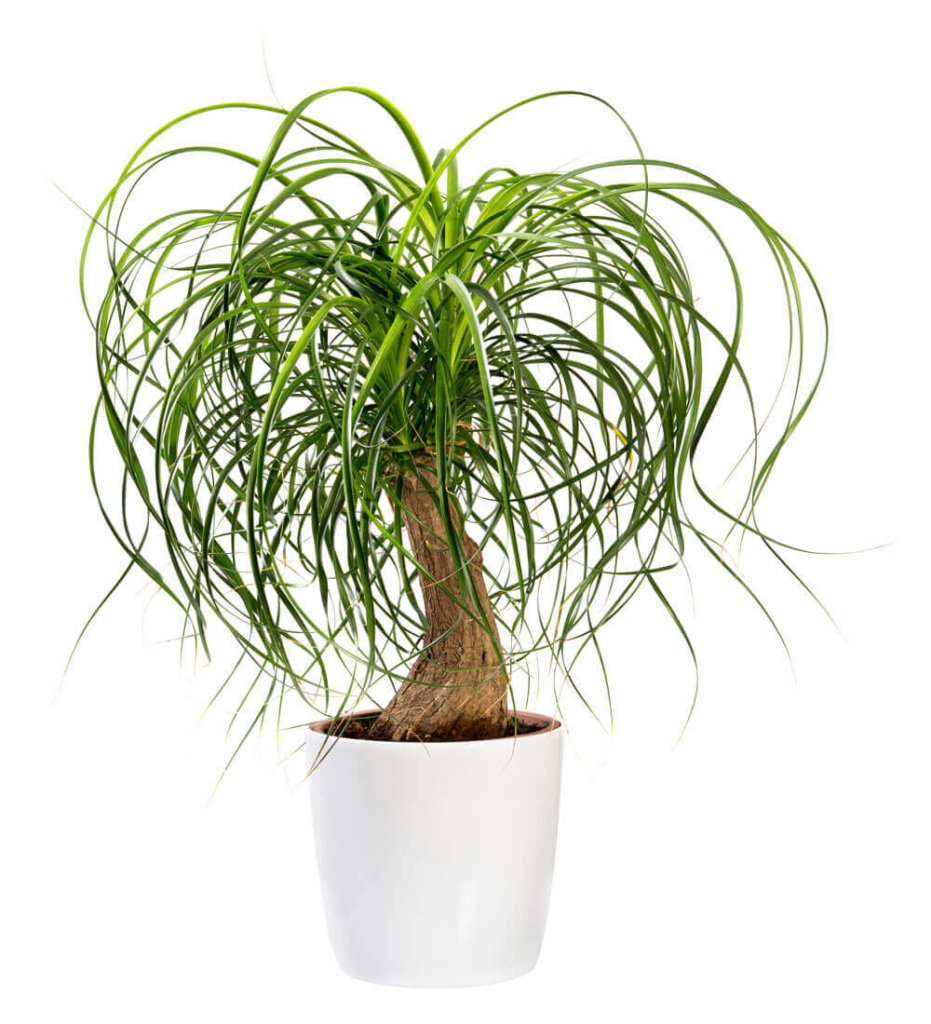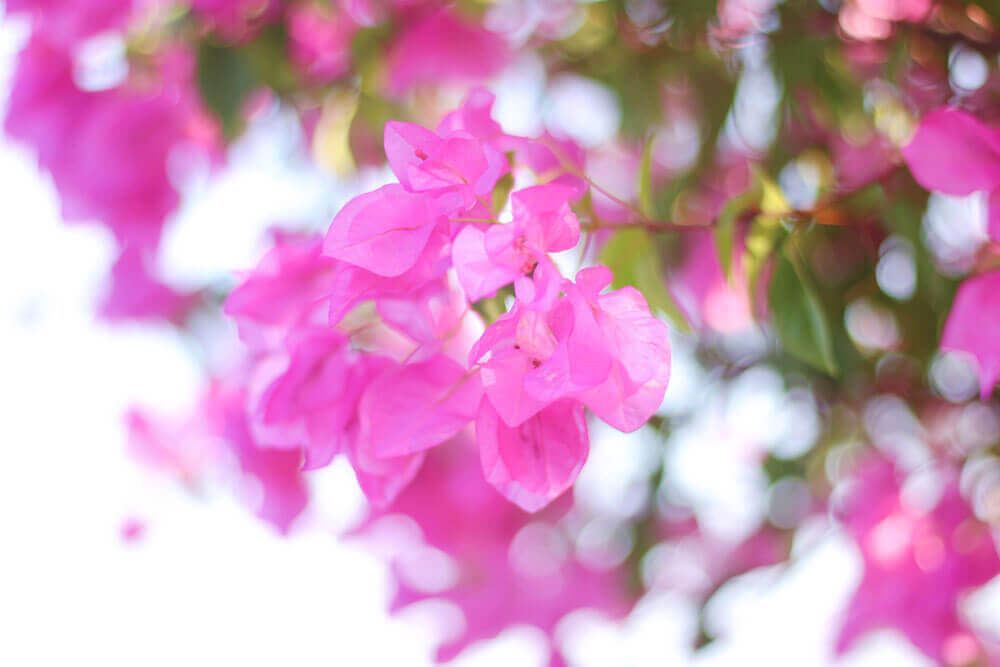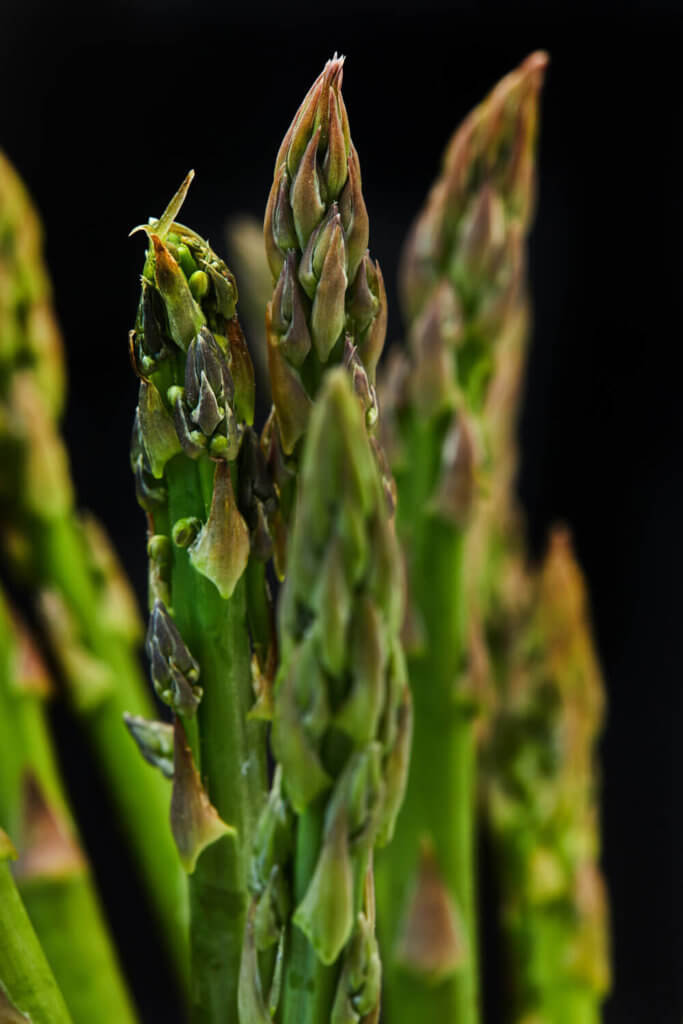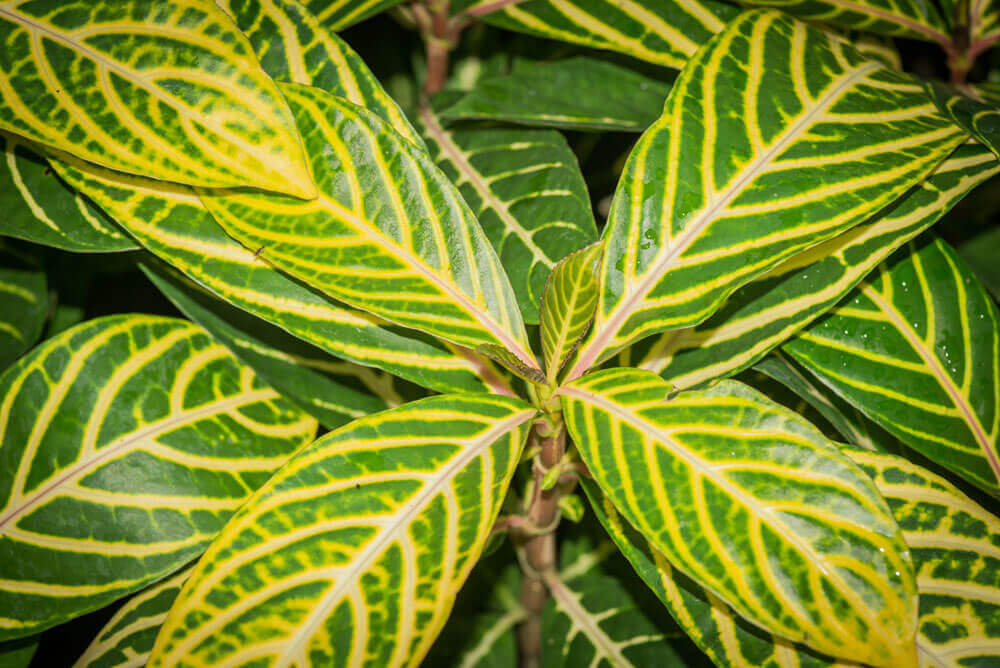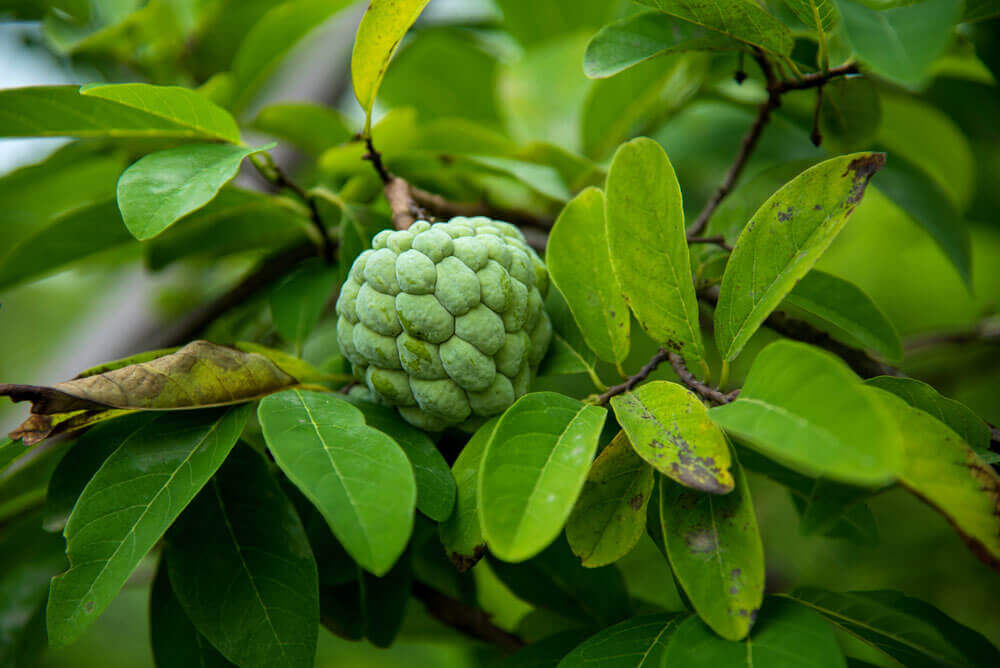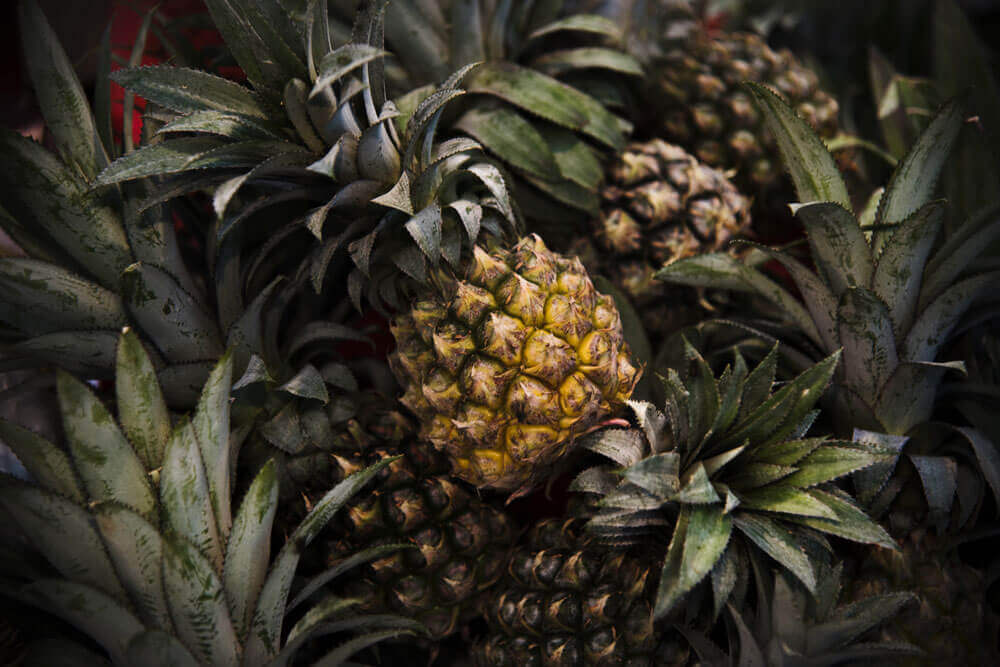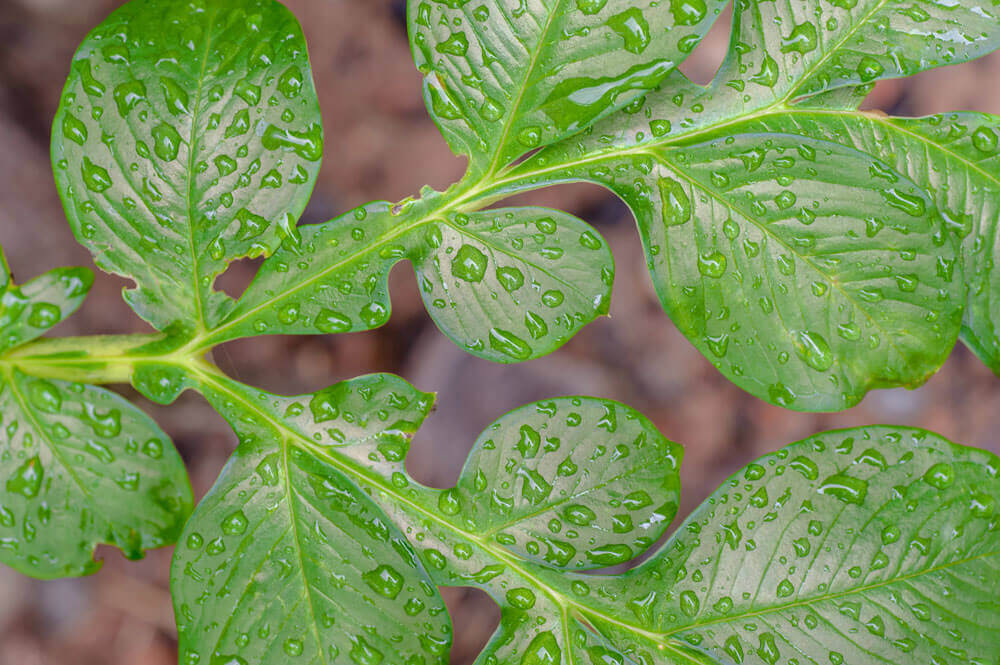Billbergia: Identification, plant Growth and reproduction
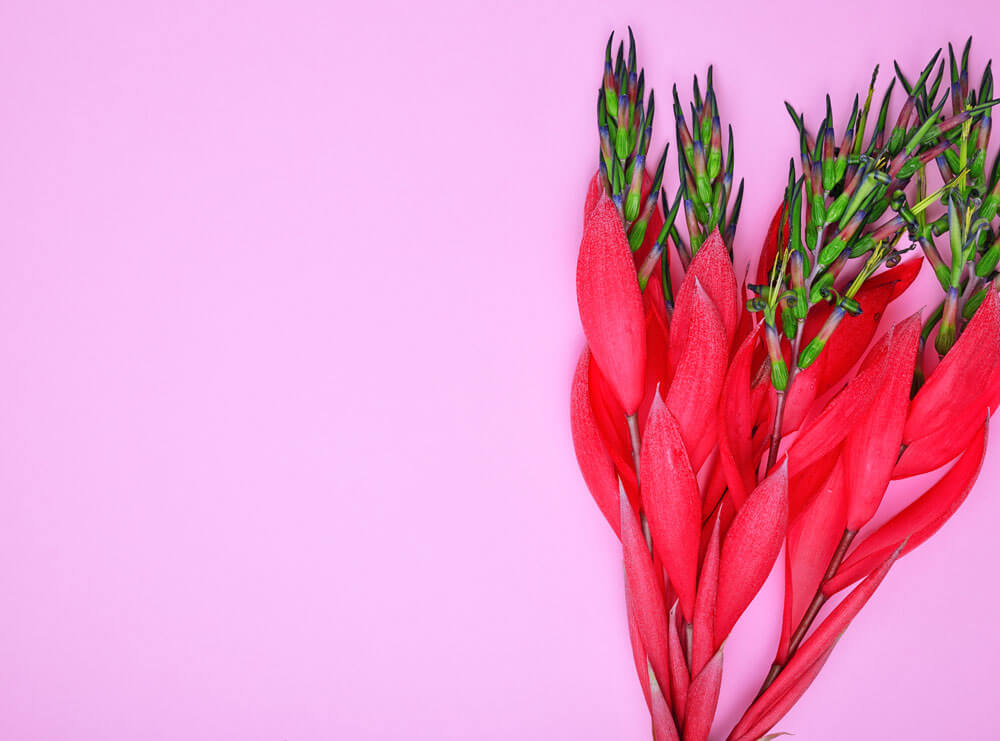
Learn about the plant
Billbergia is a Genus of approximately 60 types of rosette-generating, rhizomatous or suckering, time tested, generally epiphytic perennials from the rub, woodland, and woodland, in S. Mexico, Main The USA, and N., E., and C. South America. Billbergia is the easiest Bromeliad to develop – younger plants and flowers rose quite quickly. Billbergia can withstand winter temperatures only 35-40 F
Plant growth conditions
The average temperature is (60F or 18C). Supply as much gentle as you can, but no total sun. Grow epiphytically or maybe in storage containers of epiphytic bromeliad potting combine.
Never overwater the plant, and be sure that there is excellent discharge. Use rainwater in hard water locations. Misting is necessary for summer.
Plant reproduction
Offsets seem on the bottom of the plant. If the counteract is several four weeks outdated, remove it with a few roots affixed and plant shallowly in Seed & Cutting Rich compost. Maintain comfortable until establishment. Sow seed at 81 F (27 C) as soon as ripe.

